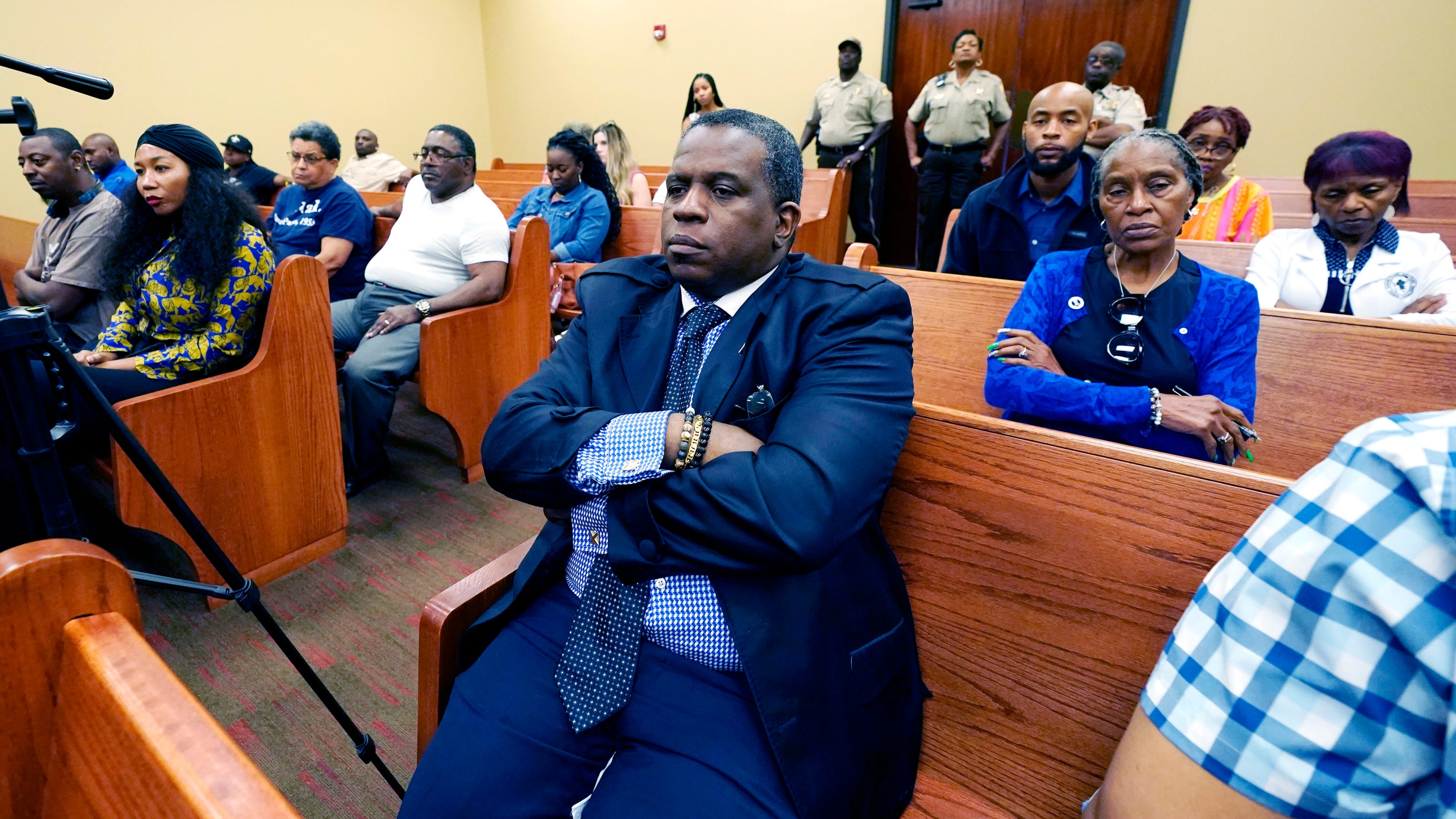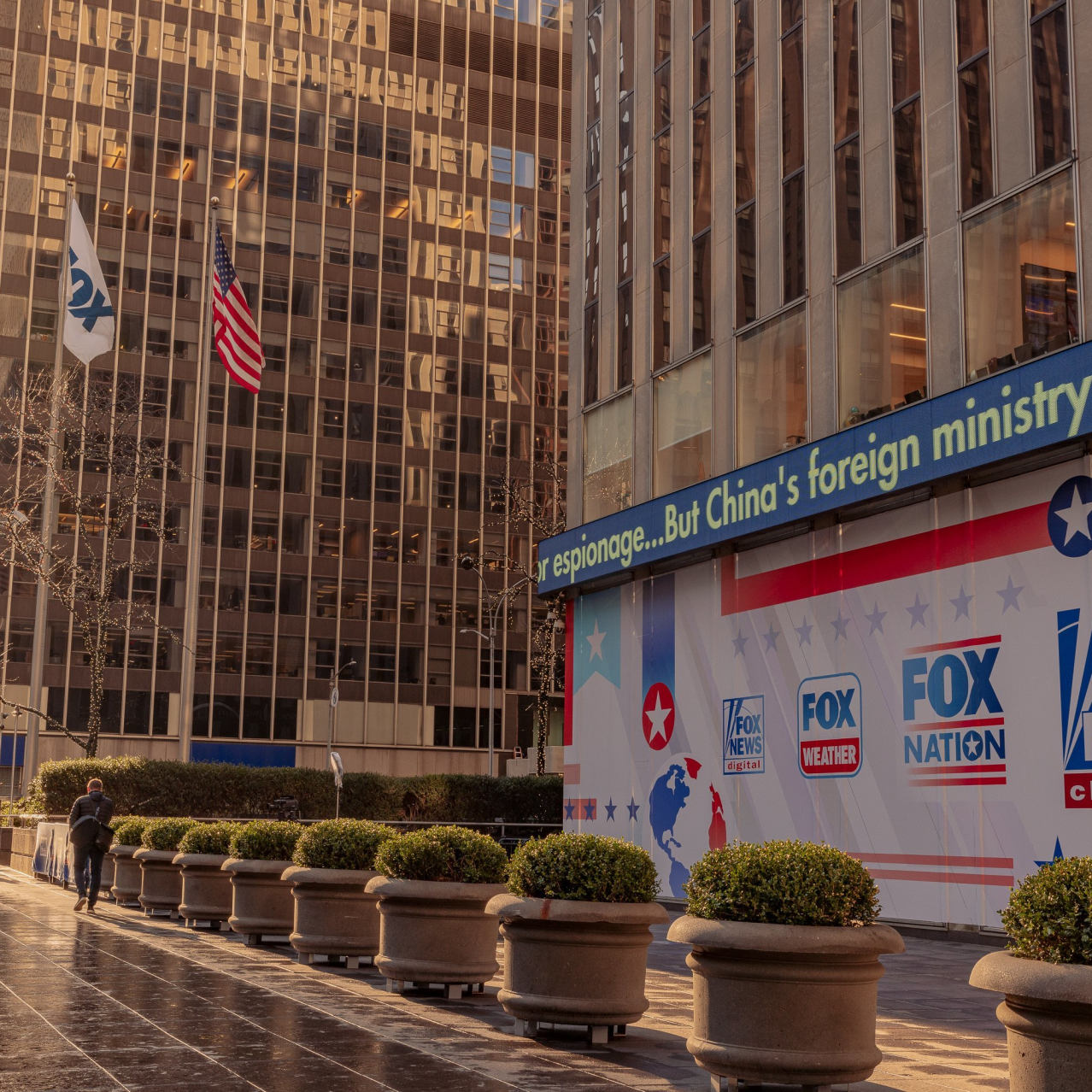School Desegregation Orders Facing Termination: Legal And Social Impact

Table of Contents
The Legal Landscape of School Desegregation Order Termination
The termination of school desegregation orders is a multifaceted legal battleground. Challenges to these orders often hinge on complex legal arguments and interpretations of landmark Supreme Court cases.
Legal Challenges to Desegregation Orders
Legal challenges to existing desegregation orders frequently claim that schools have achieved sufficient integration, rendering the orders obsolete. These claims often overlook persistent achievement gaps and deeply entrenched patterns of segregation. Opponents also object to specific remedies imposed by the orders, arguing they are overly burdensome or no longer necessary.
- Examples of legal arguments: Claims of unitary status (meaning the school district has achieved desegregation), objections to busing programs, challenges to magnet school programs designed to attract students from diverse backgrounds.
- Key Supreme Court Cases: Milliken v. Bradley (1974), which limited the scope of desegregation remedies, and Parents Involved in Community Schools v. Seattle School District No. 1 (2007), which struck down race-conscious student assignment plans.
- The federal courts play a crucial role in overseeing desegregation orders, ensuring compliance and adjudicating disputes. This oversight is increasingly challenged, putting the hard-won gains of desegregation at risk.
The Role of the Department of Justice
The Department of Justice (DOJ) historically played a vital role in defending school desegregation orders, intervening in legal challenges and ensuring compliance. However, shifts in DOJ policy and priorities under different administrations have significantly impacted the enforcement of these orders. Weakening of federal oversight directly contributes to the vulnerability of these orders to termination.
- Examples of DOJ actions: Filing amicus briefs in support of desegregation orders, initiating investigations into school districts for non-compliance, pursuing legal action against districts attempting to dismantle desegregation plans.
State and Local Opposition to Desegregation Orders
State and local governments often employ various strategies to resist desegregation, ranging from subtle legislative maneuvers to outright defiance of court orders. These actions are often driven by political considerations and a resistance to acknowledging and addressing historical injustices.
- Examples of state-level legislative actions: Laws restricting busing, limiting the use of race as a factor in student assignment, and funding initiatives that inadvertently reinforce segregation.
The Social Impact of Ending Desegregation Orders
The termination of school desegregation orders carries profound social implications, potentially reversing decades of progress towards educational equity and social harmony.
Re-segregation and its Educational Consequences
Ending desegregation orders risks a resurgence of racially segregated schools, leading to stark educational disparities. Minority students in re-segregated schools often face lower-quality education, limited resources, and reduced opportunities, perpetuating the cycle of inequality.
- Statistics on achievement gaps: Data consistently shows significant achievement gaps between white students and minority students, gaps that are often exacerbated by school segregation.
- Examples of re-segregated schools: Studies show a resurgence of school segregation in many parts of the country, with minority students concentrated in under-resourced schools.
Social and Economic Inequality
School segregation is inextricably linked to other forms of inequality, particularly economic disparity and unequal access to housing. Re-segregation reinforces these inequalities, limiting opportunities for social mobility and perpetuating cycles of poverty.
- Examples of the correlation between school segregation and economic disparity: Research consistently demonstrates a strong link between school segregation and income inequality, with segregated schools often located in impoverished neighborhoods lacking resources.
The Impact on Interracial Relations
Integrated schools play a crucial role in fostering positive interracial relations and promoting social cohesion. The dismantling of desegregation orders threatens to undermine this progress, potentially increasing social divisions and hindering cross-cultural understanding.
- Examples of the positive effects of integrated schools: Studies show that integrated schools can improve intergroup relations, reduce prejudice, and increase empathy among students from diverse backgrounds.
Potential Solutions and Future Directions
Addressing the threat of school desegregation order termination requires a multi-pronged approach, focusing on strengthening federal enforcement, empowering community-based initiatives, and tackling underlying inequalities.
Strengthening Federal Enforcement
Robust federal oversight and enforcement of desegregation orders are crucial. This includes strengthening the DOJ's role in defending these orders and providing resources to school districts to support integration efforts.
- Specific policy recommendations: Increased funding for DOJ civil rights enforcement, stricter penalties for non-compliance with desegregation orders, and proactive monitoring of school districts.
Community-Based Initiatives
Community-based organizations play a vital role in advocating for school integration and promoting equitable educational opportunities. Supporting these organizations and empowering local communities to drive integration efforts is essential.
- Examples of effective community programs: Parent advocacy groups, community-led initiatives to improve school quality in underserved neighborhoods, and cross-community partnerships to promote school integration.
Addressing Underlying Inequalities
Ultimately, achieving truly integrated and equitable schools requires addressing the systemic inequalities that contribute to segregation, including disparities in housing, employment, and access to resources.
- Policy recommendations to address underlying causes of segregation: Affordable housing initiatives, policies to promote economic equity, and investment in infrastructure and resources in underserved communities.
Conclusion
The termination of school desegregation orders poses a significant threat to educational equity and social harmony. The legal battles surrounding these orders, coupled with the profound social consequences of increased segregation, underscore the urgent need for action. Strengthening federal enforcement, supporting community-based initiatives, and addressing underlying inequalities are essential steps towards ensuring that all students have access to a quality education in integrated schools. The fight to protect school desegregation orders and promote truly integrated schools is far from over. We must all become informed advocates for educational equity, working to ensure that the promise of Brown v. Board of Education is finally realized for every child.

Featured Posts
-
 Scotland In The Six Nations 2025 Are They Overachieving Or Underperforming
May 02, 2025
Scotland In The Six Nations 2025 Are They Overachieving Or Underperforming
May 02, 2025 -
 Almwasfat Almtwqet Lblay Styshn 6 Thlyl Shaml
May 02, 2025
Almwasfat Almtwqet Lblay Styshn 6 Thlyl Shaml
May 02, 2025 -
 Sabrina Carpenter In Fortnite Release Date And Time
May 02, 2025
Sabrina Carpenter In Fortnite Release Date And Time
May 02, 2025 -
 Fox News Faces Defamation Lawsuit From Jan 6th Figure Ray Epps
May 02, 2025
Fox News Faces Defamation Lawsuit From Jan 6th Figure Ray Epps
May 02, 2025 -
 Georgia Stanway Pays Tribute To Young Girl Killed On Football Pitch In Kendal
May 02, 2025
Georgia Stanway Pays Tribute To Young Girl Killed On Football Pitch In Kendal
May 02, 2025
